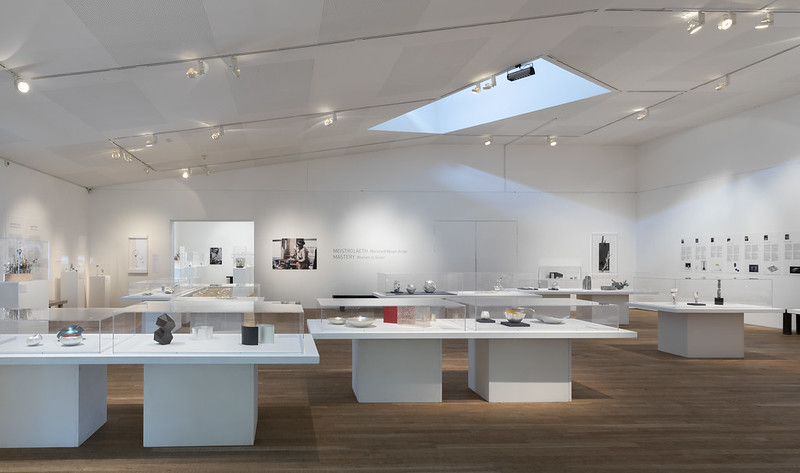Following an 8-week run at the Ruthin Craft Centre (RCC) in Wales, the Mastery. Women in Silver exhibition closed as summer turned to autumn in 2021. An accompanying book with the same title, by Elizabeth Goring, Jane Audas and Philip Hughes (director of RCC) was published as the show opened and remains available from the RCC shop. We are delighted to have been sent a copy to review.
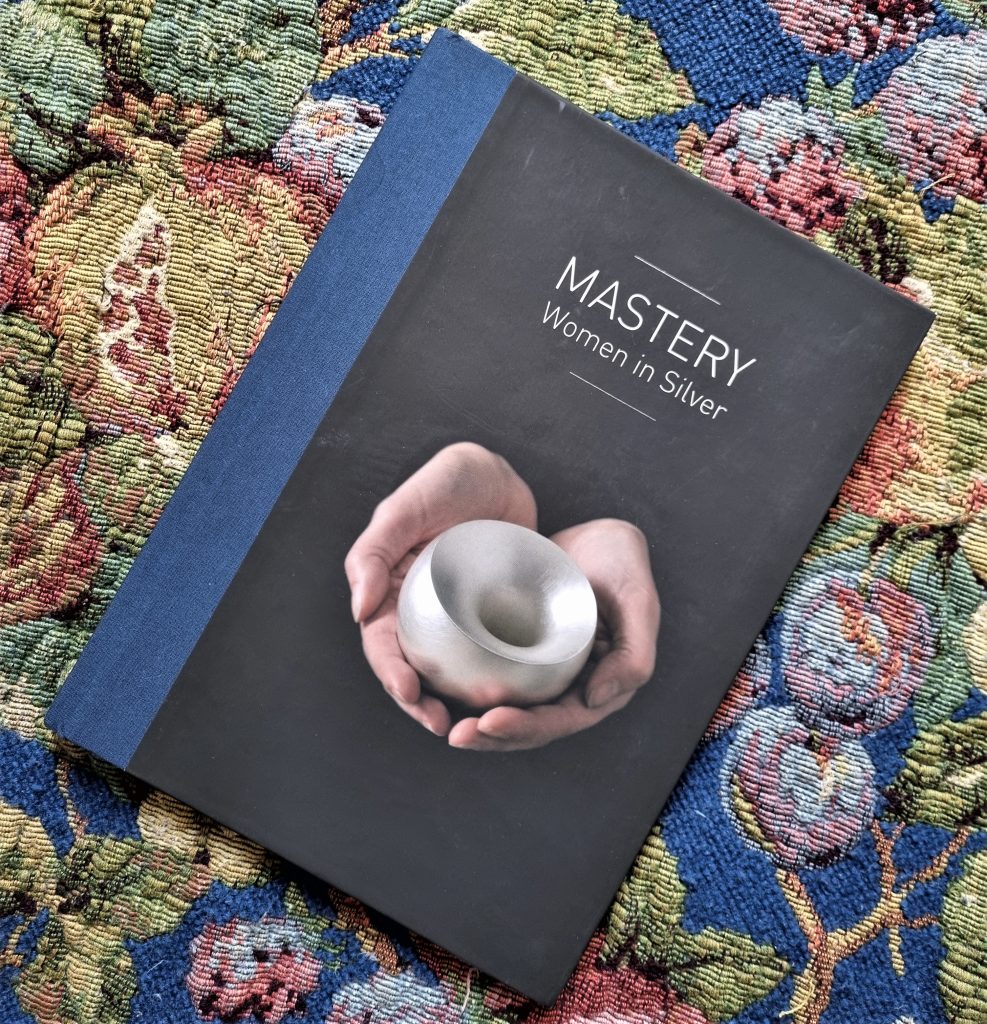
We asked Mastery. Women in Silver‘s curator and author, Dr Elizabeth Goring, an independent curator and writer, formerly the Curator of Modern Jewellery at National Museums Scotland, about the inspiration behind both the RCC show and the book.
She tells us that, “The idea for ‘Mastery. Women in Silver’ was born in 2011 when I curated my first exhibition of contemporary silver (Silverstruck, also for Ruthin Craft Centre). My previous work had been with contemporary jewellery. I selected 33 highly talented makers and was surprised to realise, with hindsight, that 23 of them were women. I remember discussing that observation with Philip Hughes and the wonderful silversmith and jeweller Pamela Rawnsley (who sadly died three years later).
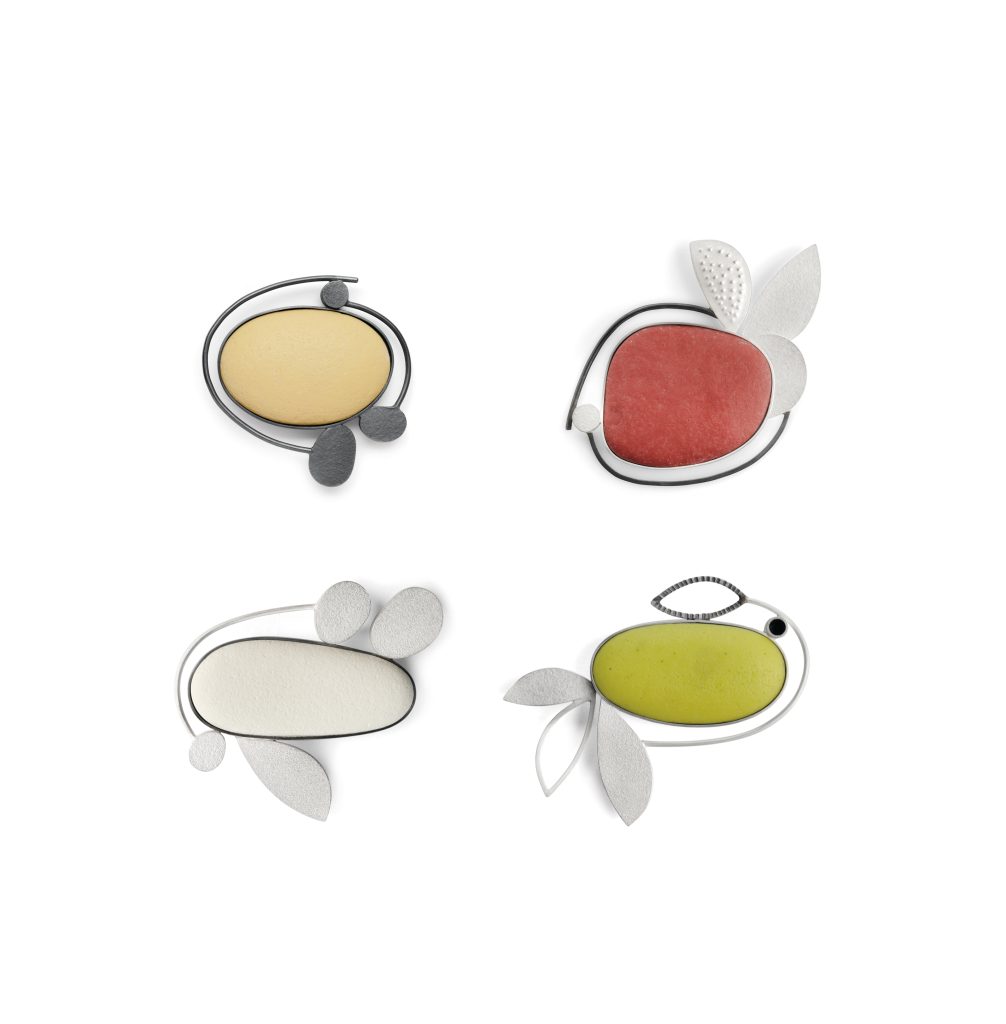
Soon after, I was surprised to discover from the eminent jeweller Jacqueline Mina that her original ambition to be a silversmith back in the 1960s had had to be abandoned when the RCA told her she might be offered a place there only if she did jewellery instead (‘more appropriate for a woman’, she was told).
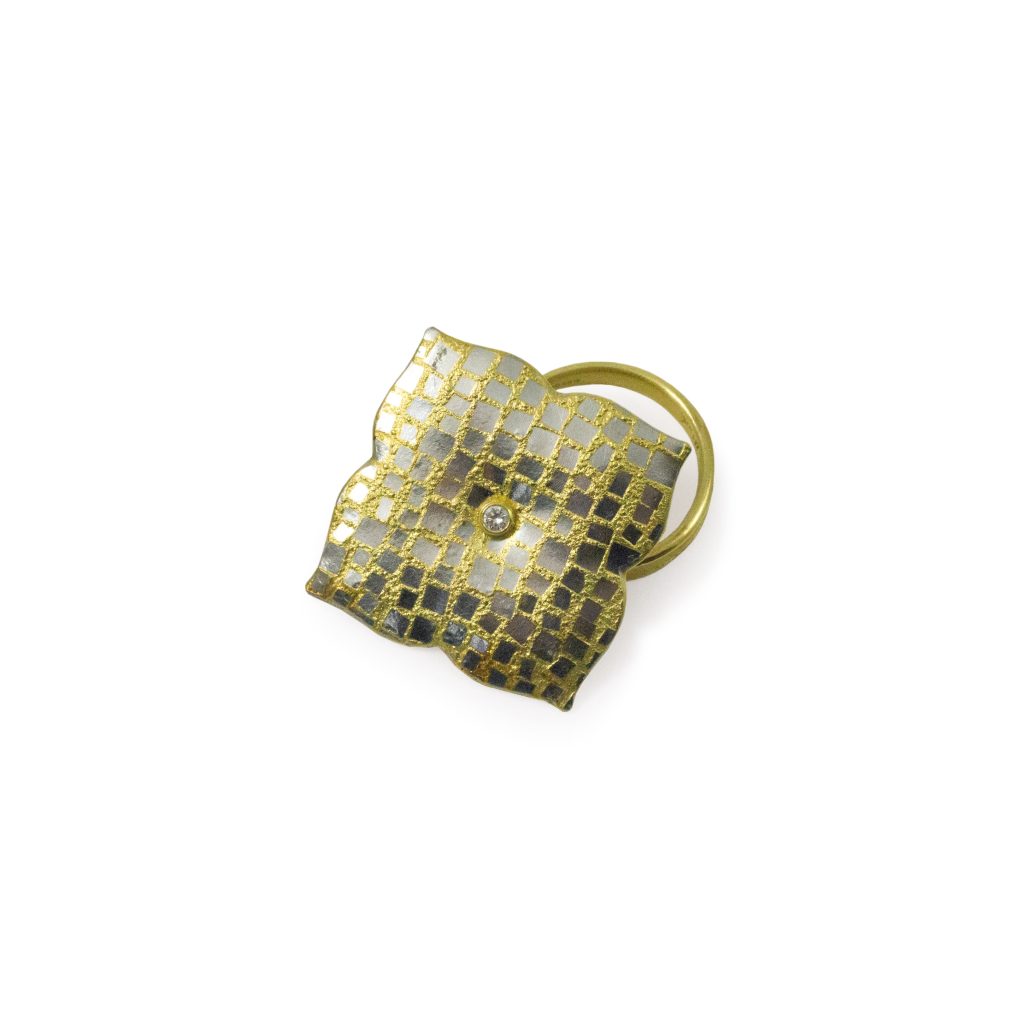
Once I started researching women’s access to silversmithing training in the UK, I was astonished to discover the extent to which women were excluded until as recently as the 1970s. Fifty years later, they are now a dominant force in the field. Few people realise how rapidly this has come about, and I thought it was a story that needed to be told.”
Greg Parsons, the exhibition’s designer and producer, as well as the publication’s picture researcher, whom we also contacted for comment, added, “the book was designed to stand alone and was never intended to be a catalogue of the exhibition. It has an important role in itself to tell the story of women in silversmithing.“
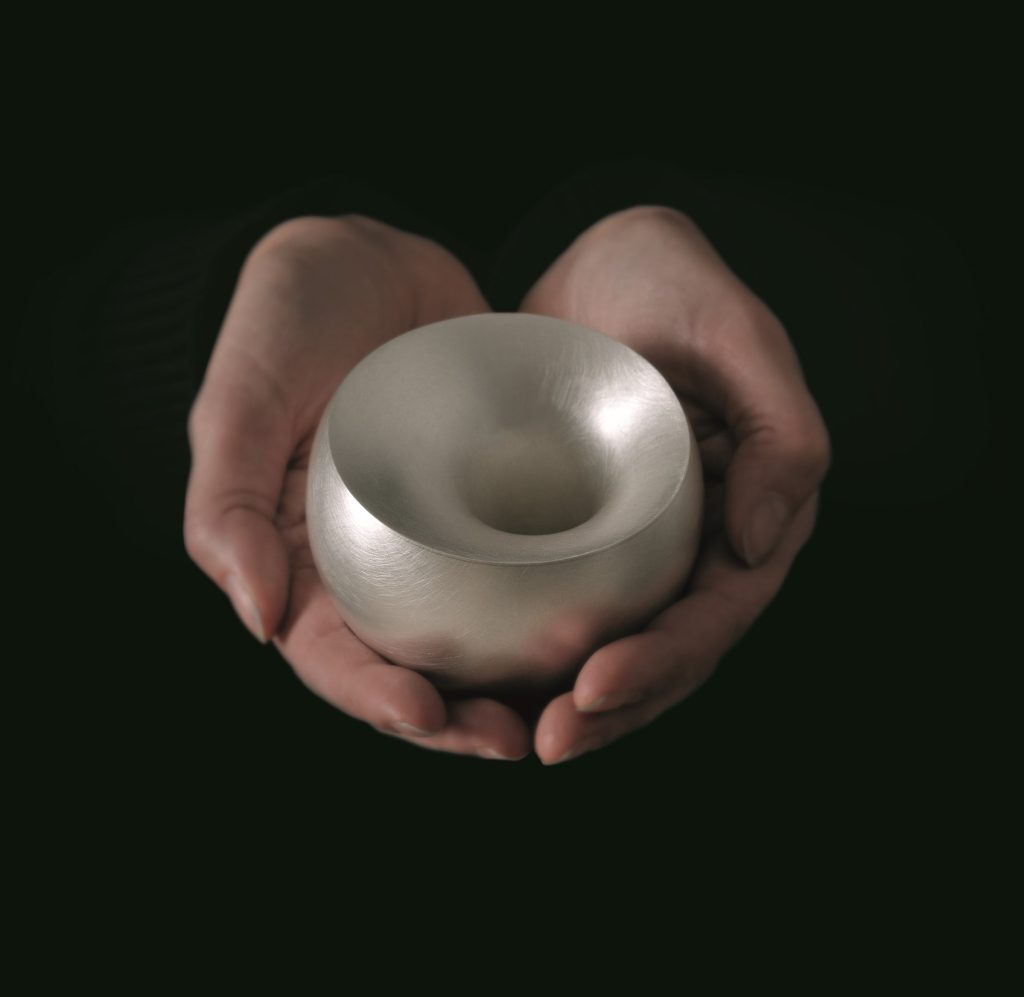
As its title clearly suggests, Mastery. Women in Silver takes a concerted look at female silversmiths, these having been selected from an “impressively strong” longlist. Central to the publication are the double page spreads dedicated to each of the 29 UK-based makers whose work was exhibited in the RCC show. Parsons, who also has a long-standing career as a curator and maker said, “… the images in the book are intended to show the essence of each maker’s work as a legacy of their current, or in some cases, past practice (Jocelyn Burton for example).”
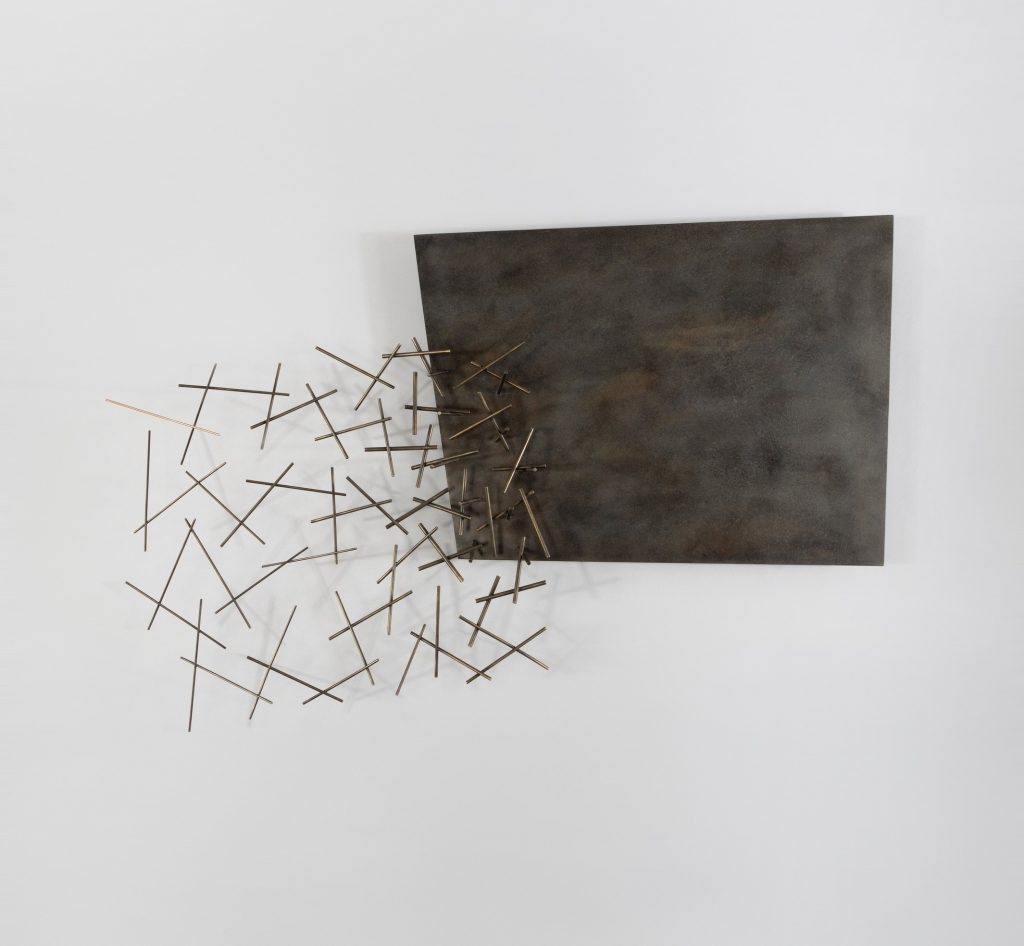
In most instances two or three of the artists’ key pieces are illustrated, alongside a short biography and career details including studio location, formal training and awards. Interestingly there is mention of the individuals who supplemented the makers’ learning, which gives the reader a broader grasp of working silversmiths in the late 20th and early 21st centuries. This naturally includes many leading craftsmen as well as women. It also highlights the continued relevance of the ‘master/apprentice’ relationship and the generosity of spirit within the silversmithing and allied trades, with knowledge and technical skills shared, as well as an emphasis on encouraging new generations to take up a craft which enjoys a long and distinguished heritage.
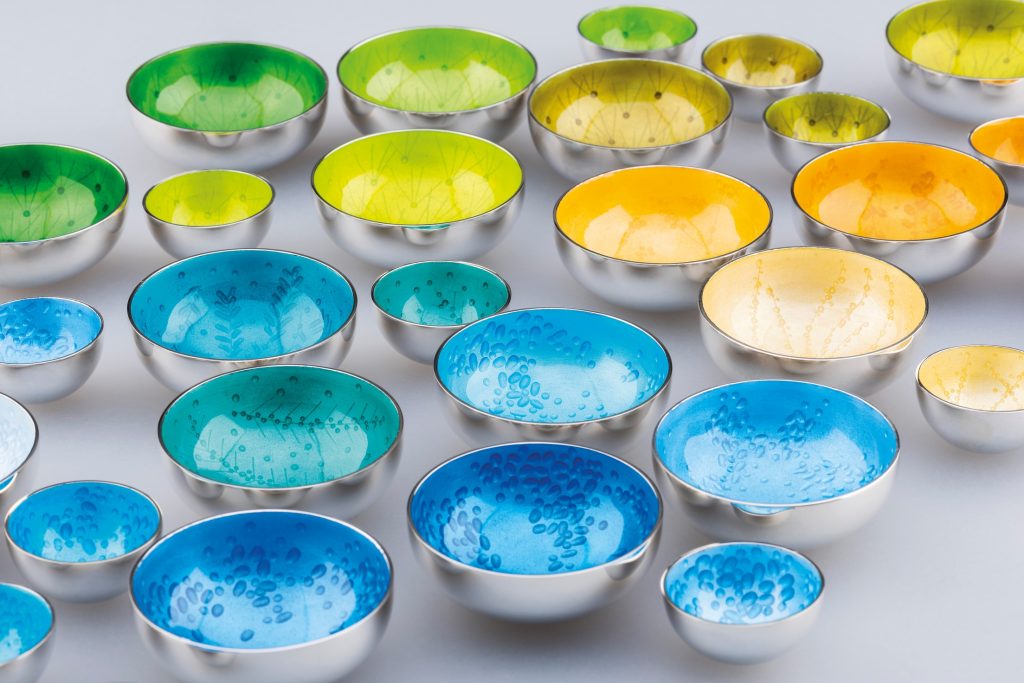
Goring is keen to enlarge on this in our exchange, telling us that, “This passing on of knowledge is key to makers’ development. The mechanisms – through art college training, apprenticeships, peer to peer skills exchange, specialist workshops – in the end depend on the motivation, support and advice of individuals, and their names are rarely made explicit. I would like this to become a more regular feature of artists’ CVs. It is fascinating to be able to trace chains of influence.”
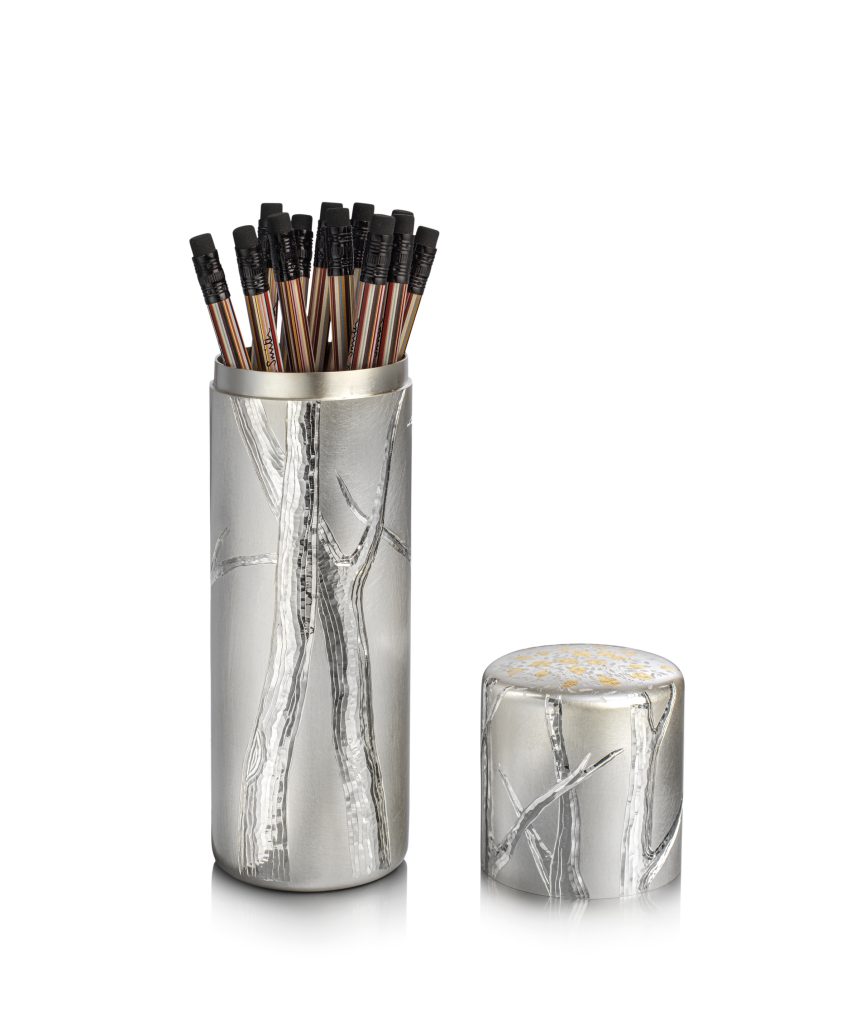
An enlightening section of the book explores the state of play from the mid-17th century onwards and encompasses a more comprehensive yet “brief survey of the evolution of women’s silversmithing over the last 50 years”. Goring reveals that “what had once been a totally male craft had been transformed in fewer than 3 generations of makers.” This she points out, “has not been at the expense of male colleagues; rather there has been a significant expansion of the overall talent pool.” Furthermore, the fact that 10 of the 29 Mastery artists selected were born outside the UK indicates “an invigorating mix of cultural backgrounds”. Hope is expressed that this will continue in the post Brexit climate.
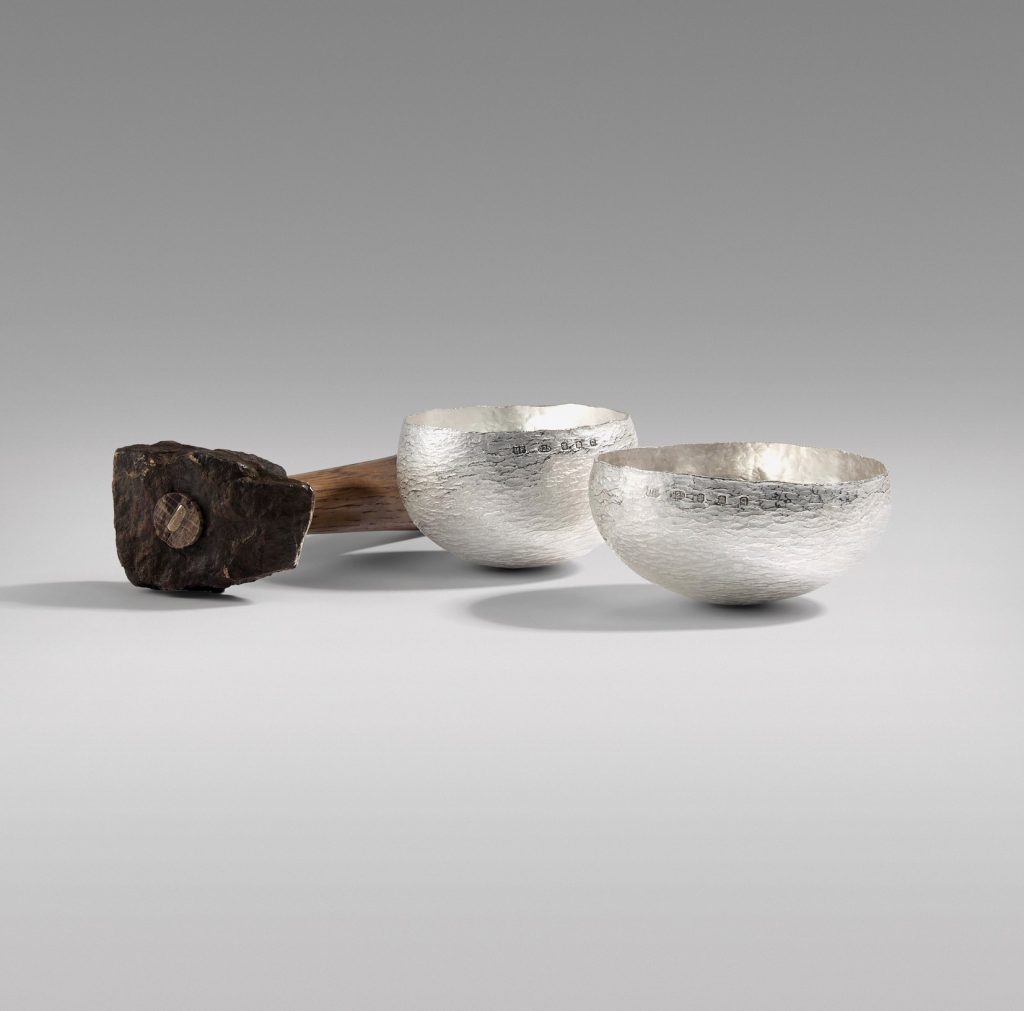
In another chapter, focused on the landscape of silversmithing in the UK, we learn that “Designer silversmithing in Britain today is a revelation – ‘the UK’s best-kept secret‘”, according to the silver collector and curator of the Pearson Silver Collection John Andrew, who adds that, “it is a thoroughly contemporary craft with ancient roots.”

Goring also notes how “in recent decades its development seems to have accelerated at an astonishing pace, as silversmiths persistently challenge what can be achieved with both traditional tools and new technologies.” This is certainly shown in the diversity of illustrated pieces, as many makers stretch the boundaries in terms of design, materials and finish.

An essay by Jane Audas focuses on the various markets for contemporary British silver, including museums, collectors and private galleries, as well as the opportunities offered by events like the Goldsmiths’ Fair, each playing a critical role in widening awareness. This of course is supported by the evolution of digital markets, with social media providing some of the most powerful platforms and a relatively new direct access to individual buyers and other interested parties all over the world.
Audas also explores how artists’ online presence and exposure via public establishments and exhibitions is supported by earlier connections made through education at colleges such as The Royal College of Art or Glasgow School of Art, as well as via Bishopsland, an educational trust and post graduate learning centre which concentrates on both the technical processes and the professional skills that together enhance the whole business of silversmithing.
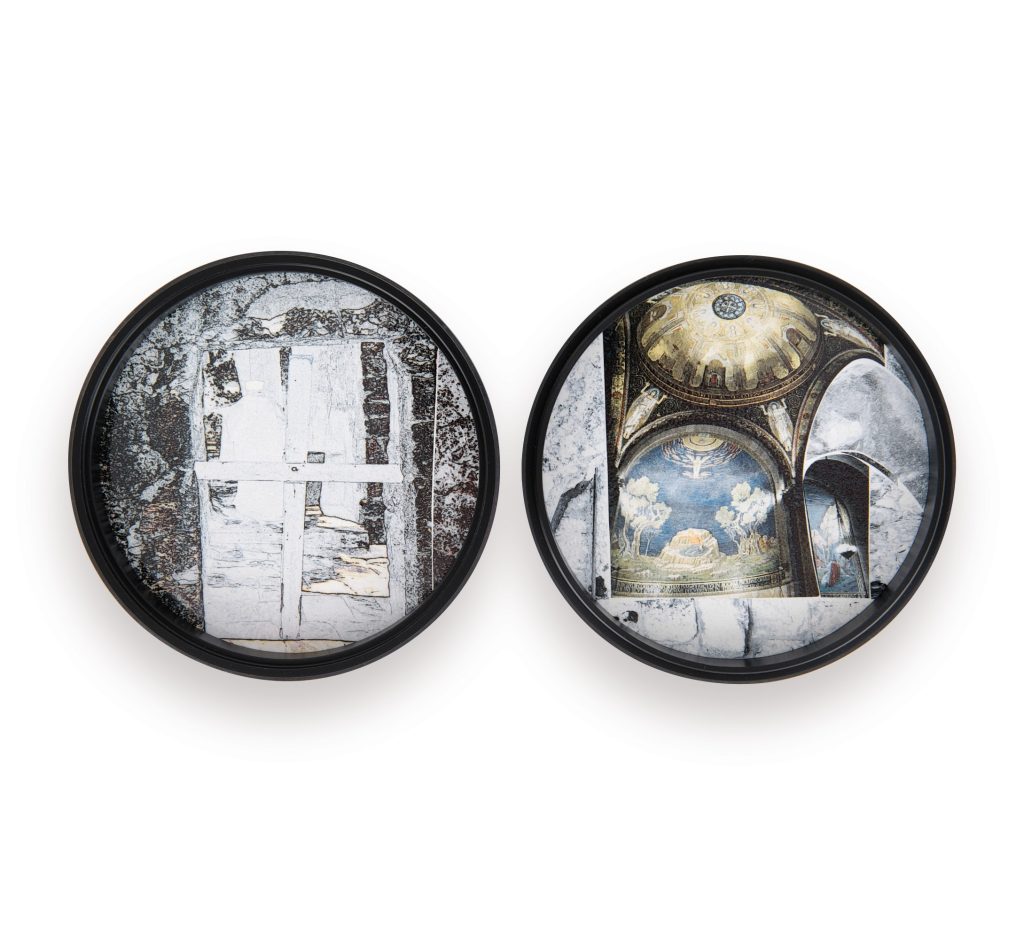
Philip Hughes’ Afterwords highlight inventiveness and a sense of fun in a thriving market that pays equal attention to quality of materials and quality of making. He also observes how, “Today we have an appreciation of silver’s potential that wasn’t about 50 years ago. Silversmithing has changed and ‘Mastery’ celebrates the result of that.”
The volume is completed by a useful Glossary of Technical Terms covering some of the more unusual techniques and finishes.
Goring concludes her comments, drawing attention to audience and readers’ responses: “A number of people have described ‘Mastery. Women in Silver’ as a landmark exhibition and a watershed moment. A focus on women’s contributions to many areas of the arts has been long overdue, and this exhibition and book make a contribution towards redressing the balance in the field of silversmithing.“
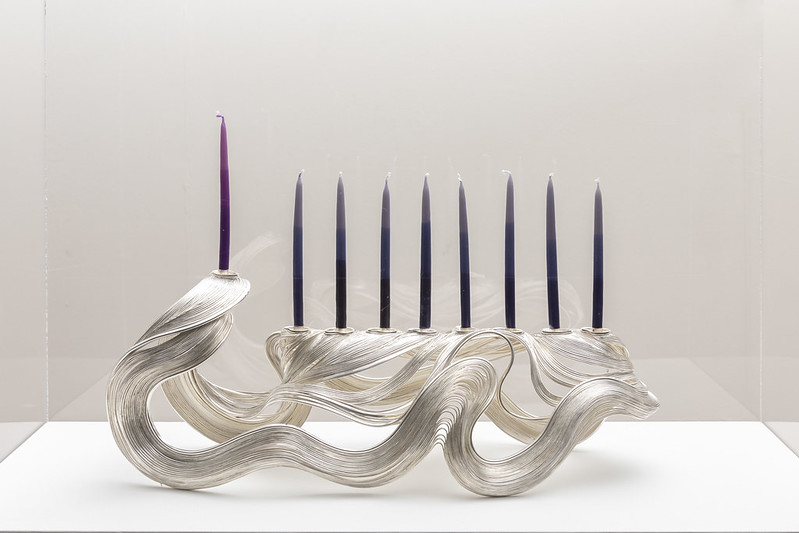
Mastery. Women in Silver
112 pages, hardback quarter bound with cloth
Full colour, 290x210mm
ISBN 978-1-911664-08-6
Language: English
Available from the Ruthin Craft Centre website
Review text by © Emma Boden, 2022, with thanks to Elizabeth Goring, Philip Hughes and Greg Parsons for their assistance; images courtesy of Ruthin Craft Centre, © artists/photographers/rights holders, as captioned.


